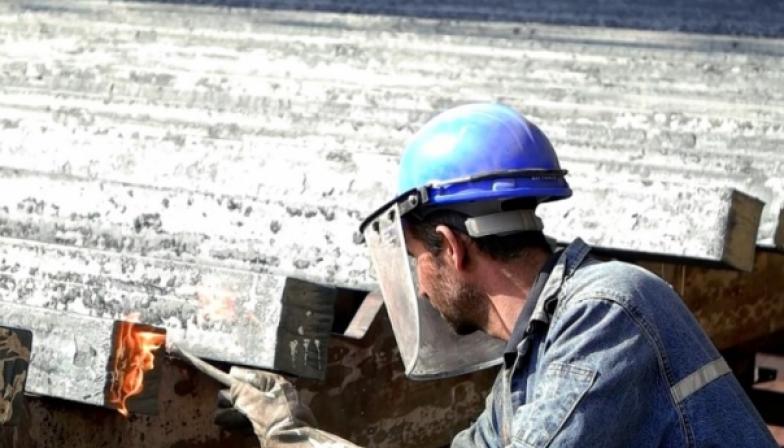North American and European steel companies are trying to stop the negative flat price trend that has developed in recent months. The low demand for steel, the abundance of supply and a sharp reduction in the cost of raw materials, especially scrap, caused deflation in regional steel sales prices.
Global steel demand was negatively impacted by a decline in construction activity, as well as a noticeable decline in automobile production. The automotive industry has been hit by declining consumer activity and the confusion associated with switching to electric cars. Growth in the global construction sector is expected to slow this year. As for the proposal, the use of domestic capacity in the US this year remains at about 80 percent. Import volumes continue to have a negative impact on prices in the European steel market, despite measures to protect the EU.
In October, market participants agreed that end-users would benefit from over-supply in the steel supply chain to provide significant discounts. MEPS predicts that global prices are likely to decline even more in the last quarter of the year. A continued decline in activity is forecasted in the main sales markets. Subsequently, steelmakers around the world will seek to minimize the degree of further price reductions in the coming months.
Price recovery is forecasted in the first months of next year. Replenishment and recovery of scrap costs should put upward pressure on steel prices at that time. However, any long-term recovery in global steel prices is unlikely - no long-term improvement in demand is foreseen.



